The Fujifilm X70 is something of a unicorn camera. Incredibly compact, exceedingly stylish, and profoundly capable, it’s the kind of camera that is, for many people, everything that a camera should be. I’ve spent the past month shooting this machine courtesy of my friends at B&H Photo, and there’s no other way to put it – Fujifilm’s X70 is just about perfect.
Smaller than the X100 range, with a lens as sharp as those we can fit to the pro-spec Fuji X Pro, and a focal length that’s arguably perfect as an every-day carry, this camera seems to incorporate all the best elements of Fuji’s recent work. There are a few tiny problems and certainly some quirks that might bother certain shooters, and we’ll get to those. But first, let’s take a closer look at everything that makes the X70 a machine worth writing about.
When the X70 arrives it does so in the now-classic Fuji box. Shadowy, subtle, and black, it’s the kind of cardboard packaging Ken Rockwell might call “professional.” And inside we find just what we’d expect. A camera, battery, manuals. But there are also some things we might not expect, like a gorgeous metal lens cap lined in some sort of velvet and an actual battery charger (why did my twice-the-price Sony a7 come with just a USB cable?).
Tossing the manual casually into the trash, we focus in on the camera itself, and at first blush it’s an impressive machine. In the same way that I was shocked the first time I felt the hefty weight of the surprisingly small screw-mount Leica, so too was I shocked when I first lifted the X70 from its packaging. It’s tiny and astoundingly dense, just like the Leicas of old, and while it may not be as heavy as those venerable machines, it feels similarly solid in the hand. This, friends, is a well-made camera. Period. And, yeah, I know I already typed the period. It’s a double period.
And if all those abrupt periods didn’t convince you, let me elaborate – there’s no part of this camera that’s unpleasant to touch. It’s a veritable cornucopia of tactile delight, and like the other Fuji X-series cameras, it brings to the modern age the best parts of what we all love about classic cameras. Aluminum body, metal controls and filter threads, tight tolerances and grippy handholds. All switches, dials, and knobs click into their detents with mechanical precision, and this deliberate actuation allows for controls unencumbered by locking mechanisms (a personal pet peeve). Flick a switch or twist a knob and you’re going to feel it, hear it, and love it.
It comes in both silver and black finishes, and each looks stunning, with the silver version naturally endowing greater street cred (maybe?) on account of its more retro aesthetic. Pick your livery to suit your taste. For my money, black is best; talk about a stealthy shooter.
So the camera looks great and feels even better. That’s nice. But what’s it got under the hood? Simply put, the spec sheet is impressive and reads like a laundry list of the modern photographer’s wants and needs.
There’s everything here we’ve come to expect from a digital camera – the full suite of shooting modes (Program, Aperture-priority, Shutter-priority and full Manual), multiple drive modes (continuous burst high and low, exposure bracketing, in-camera multiple exposures and panorama stitching), an abundance of customizable function buttons, Wi-Fi, a bagel toaster… it’s got it all. Less common accoutrements are present as well, such as the leaf shutter which allows for more expansive flash use, and Fuji’s film simulation modes (which, unlike most manufacturer’s in-built filters, aren’t garbage).
And that list isn’t even the half of it. Covering the whole spec sheet would be… boring. Just believe me when I say that there’s a lot going on here. And believe me again when I tell you that all those bells and whistles are nice, but even if they weren’t ringing and whistling, the X70 would still be a great camera. Why? It all comes down to a heavenly pairing of sensor and lens that you won’t find in any other machine.
Fuji’s workhorse 16.3 megapixel X Trans CMOS II sensor combines with a brand new, fixed 18.5mm F/2.8 Fujinon lens (28mm equivalent in full-frame 35mm format). This Super EBC (Fuji’s coating tech) glass uses seven elements in five groups with two aspherical elements to form a lens that’s clinically sharp, completely resistant to optical aberrations, and free of distortion in all but the most outrageous shooting styles.
If there’s a single word to describe the performance of this lens, it’s this – sharp. Images made by the X70 are simply among the sharpest you’ll make with any lens. And it doesn’t matter if we’re shooting wide open or stopped down; corner to corner, at any aperture, sharpness is amazing and clarity is as good as you could ever hope for. Even wide open at minimum focus distance (ten centimeters) where we might expect to see corner softness or light falloff, shots are crisp and detailed.
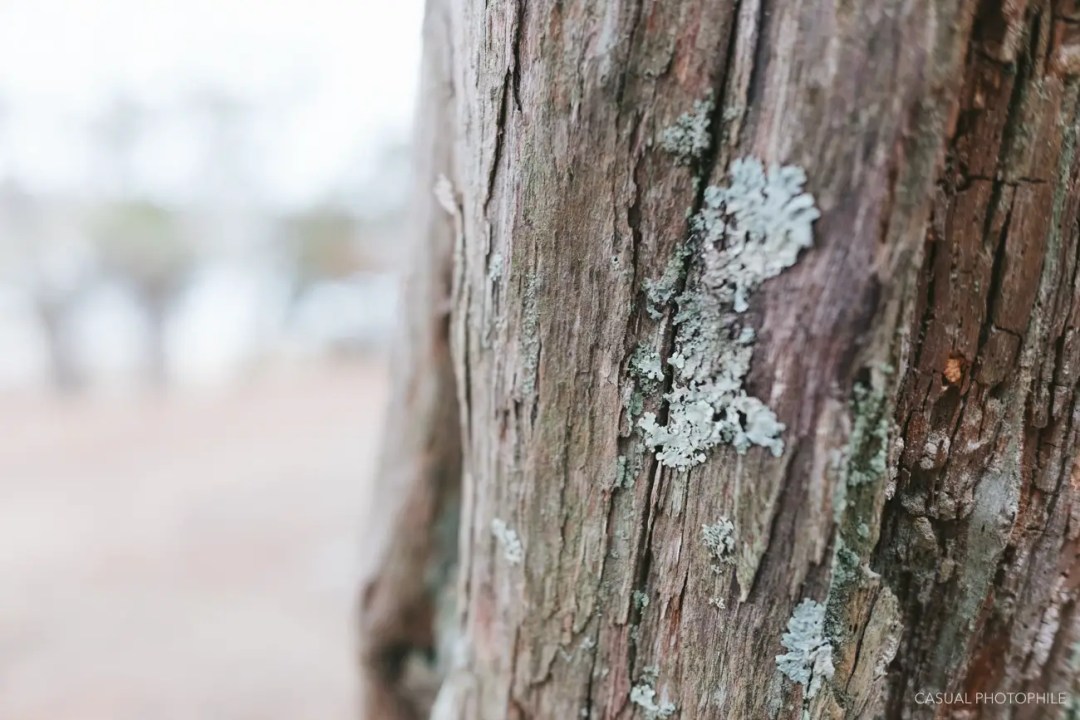
This impressive close focus distance helps coax from the lens an ability we might not automatically attribute to such a wide lens – shallow depth-of-field. While I wouldn’t go so far as to claim the X70 makes gorgeous bokeh balls, it is possible to use the minimum focus distance and a wide open aperture to isolate very close subjects. That said, your subject is going to have to be a dew drop or an acorn resting less than five inches away if you want to even approach a deliciously blended background. And I wouldn’t advise shooting your friends or pets at this close distance. For one, they’re not going to fit in the frame, and secondly, they’ll be so stretched and distorted that whatever shots you make certainly won’t be flattering. No, a portrait lens this is not.
And as much as this lens is fantastic at what it’s designed to do, street photos, travel shots and the like, that wide focal length does become a limiting factor in other scenarios. While walking my dog and taking some test shots, it was fun to shoot the wide expanse of ocean in which he loves to swim. The lens worked great. But on the walk back to the car, I saw a bird that I’d never seen before. Now don’t get me wrong. I’m no bird nut. Those people are wackos. The deepest relationship I’ve had with the creatures was when I donated a guilt-motivated penance of forty bucks to the Audubon Society after my fishing lure was gobbled up by a hungry seagull. But the bird I saw this day was a neat looking bird with bright, blue feathers and I wanted to take a picture of it. Long story short, I tried to get a usable shot for about ten minutes, but since the studiously aloof animal wouldn’t let me approach any closer than twenty feet before flying off, it only ever presented as a tiny, blueish blur in the middle of a vast composition. So, yeah. Not a portrait lens, not a birder lens.
This experiment did, however, illuminate another rather excellent facet of the machine. Its auto-focus system is fast, responsive, and accurate. Gone, it seems, are the days in which mirror-less cameras struggled with slow-as-molasses AF, and as Fuji continues to improve its designs and issue firmware updates to its range, things just seem to keep on improving.
Seventy-seven auto-focus points and Fuji’s predictive focusing engine mean you’re very rarely going to miss a shot. Three AF modes (single point, zone, and wide tracking) provide a style for every shooter and every situation. If you’re shooting children who just won’t stop running, there’s a mode for that (and I should know). If you’re doing low-light work, fear not – the phase detection system is extremely sensitive. Yes, we’re living in a real pleasant time for mirror-less AF systems.
Not as pleasant? Manual focusing. Yes, there’s a ring around the lens, and yes this ring sets focus manually like the legacy lenses we all love, but it’s not a direct, mechanical action. Instead, the X70 uses the now-common electronic focusing system that many people call “focus-by-wire”. We’re given a distance scale and depth-of-field indicator displayed on the LCD, so zone focusing is technically possible (a bit of good news is that the set focus point is retained even when the camera is turned off), and with focus aids such as focus peaking and a digital split-image display Fuji’s tried hard to make manual focusing as pleasant as possible. But it’s certainly not the kind of refined and precise experience that seems to drip from the rest of the camera. And that’s a shame – I really love manual focusing, and it’s something I sorely miss with Fuji’s cameras. But if I can get over it, so can you. The takeaway? Just shoot in AF mode and trust in technology.

The second hardest issue to overlook? There’s no viewfinder. I’ve heard people say this is a deal-breaker, and I don’t blame them. I love a viewfinder and generally detest staring at the backside of a camera when composing, and at the crusty age of thirty-three I’m beginning to get set in my ways. However, I understand why Fuji haven’t included one in the X70. It’s just too small, and including a VF would have expanded the camera considerably. There’s an optional external VF, but you’ll be shelling out an extra couple hundred bucks for nothing more than a bit of glass and some brightlines. Not the best. The only question left to answer is, is the LCD up to the task?
Thankfully, it is. After spending just a couple of days shooting the X70 it became clear that the lack of a viewfinder is no giant loss. For sure, there were moments when I wanted desperately to stick my eye up to the thing, but humans adapt. Within hours I was using the X70 in the same way I’d use a Nikon F or Minolta Autocord, with their gorgeous waist-level viewfinders. Hold the camera casually in your hand, tilt the tilty LCD screen upward, compose, and shoot. A happy byproduct is that this method of shooting promotes exceptional candid captures, eases low-to-ground work, and even streamlines my product photography workflow. All good stuff, and what’s more, the three inch LCD is touch sensitive.
Borrowing many inputs from the world of smartphones, the touch screen feels entirely natural in use. When shooting, we’re able to select the point of focus with a touch of the screen, which is more responsive than you might imagine. This method of focusing works well, with a thumb on the touch screen and a finger on the shutter release, rapid focusing in situations that require speed is streamlined in a way that truly surprised me. There’s also a mode in which touching the point of focus also releases the shutter, which is even faster. As said, it works well enough, but to be honest I’m not a big fan of touch screens on cameras. Call me old, or maybe it’s that fingerprints are unappealing, but I prefer a physical button.
In playback mode, the touch screen serves similarly varied and what I consider to be more useful functions. Again pulling from the user experience found in smartphones, we’ve got pinches, swipes, taps and double taps, and all these inputs do what you’d expect when reviewing images on a tiny screen. Again, it works great, and some people will love this brave new world of haptic screen interaction. It’s just not for me.

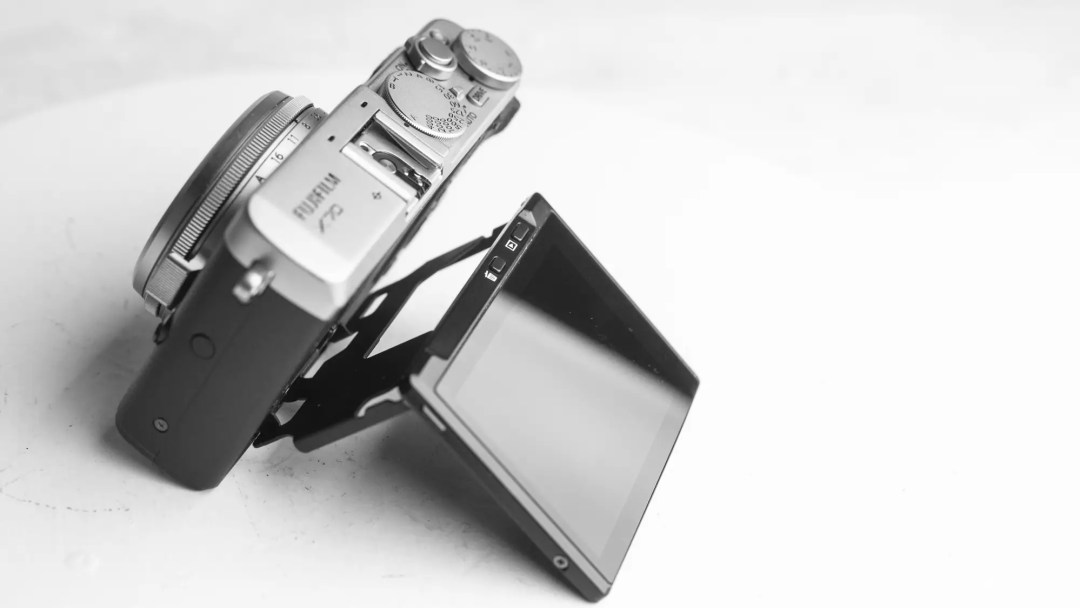
Which brings us to the key feature of the X70, a feature without which the camera would be totally worthless – the selfie screen. Okay, I’m kidding, and while I have been quick to criticize a flippy screen in the past, I may need to don my bib and eat some juicy crow on this one. Not because I take a lot of selfies, mind you, or because I’ve found the selfie screen to revolutionize my way of shooting. My backpedaling in this case is prompted by the same force that prompts nearly all my actions these days; my daughter.
I was shooting the Fuji around the house, grabbing test shots and killing time during one of the many sunless and bitter cold days so cherished by us New Englanders. Into the room stomps my daughter. She’s almost two years old, playful as a puppy, and loves antagonizing her dad. The kid wants to get her mitts on anything and everything, cameras included, and her slimy paws are especially drawn to review-ready mirrorless cameras that absolutely cannot be damaged or scratched if her father is to avoid the ire of B&H’s loaner gear team.
Screaming “HOLD IT, HOLD IT,” she relentlessly clawed at my legs like a wolverine at the trunk of a tree, the camera a particularly succulent squirrel dangling just out of reach. Recognizing a losing battle when I see one, I gave in and flopped down next to her. Holding the camera with lens pointed toward us, I flipped the LCD screen up and all the way around, so that we could see ourselves and compose the shots. And for the next ten minutes we shot selfies, laughed, played a sort of live-view LCD display peek-a-boo, and generally had a Dada-daughter bonding moment with the X70 as our medium. Parents will understand this, others might not, but now that my daughter loves playing with me and a selfie-screen… long live the selfie screen!
All mocking aside, the selfie screen does it’s job very well and is well-engineered. It’s sturdy, orients the image right-side-up, and will indeed be useful to those who are inclined to the art of the selfie. Flip the screen and shoot some memories of your travels and adventures. The wide angle lens does a great job of fitting you into a place and time, with stretching vistas spreading away in the background behind your smiling eyes and upheld peace sign.
And those shooters whose twisted, frozen hearts won’t be thawed by bonding moments and who care not to document their lonely existence for posterity, just keep pointing that lens elsewhere. Selfie mode is optional.
And though I’ve spent a bit too much time talking about selfie shooting, it does at least provide a nice segue to what’s so great about the X70. No matter where you’re shooting it, or what you’re doing, or where you happen to be, it’s a fantastically fun camera.
Going for a drive? Toss the X70 in your bag and see what you see. Got five blocks to walk in the middle of the night? The X70 should be in your hand. Business trip? X70. Pocket. Bring it. Wherever you’re going or whatever you’re doing, the X70 is small enough to go with you, and it’s good enough that no matter what you’re doing there’s always a chance to make a stunning picture. Even if you’re just kicking it around the house with your daughter.
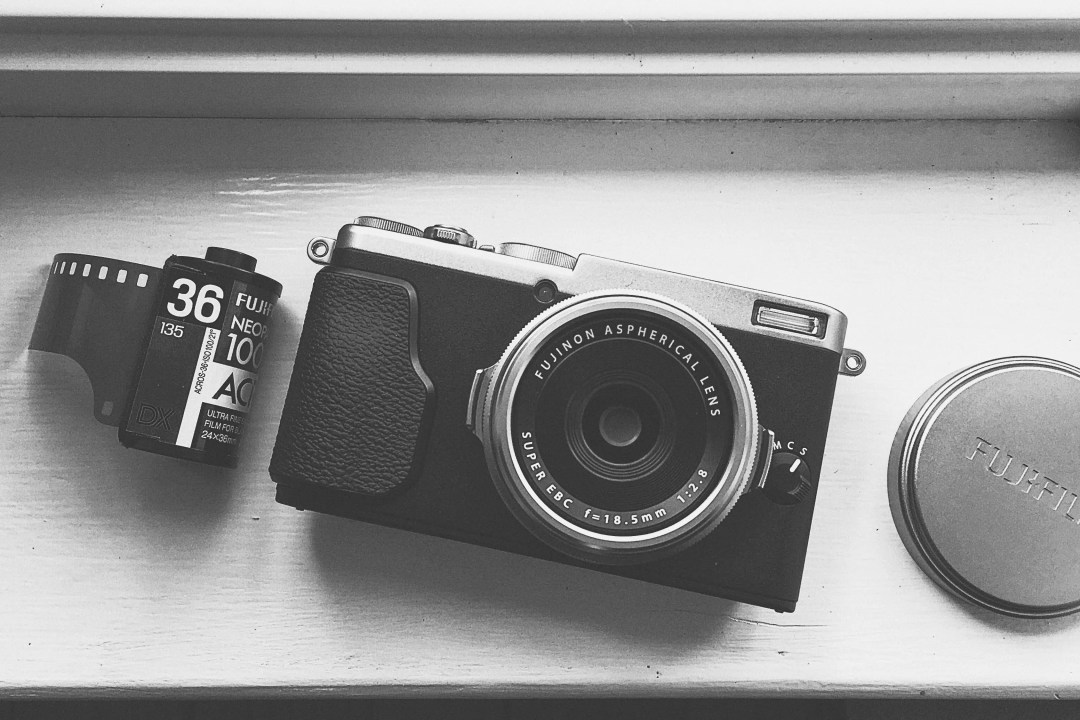
Where does this fun factor come from? It’s impossible to say for sure, but I’ve shot hundreds of cameras over the past few years and I think I have an idea. The cameras that are the most fun are the ones that bring together a handful of common elements, and these elements are excellent build quality, ease of use, and a dash of the unusual. The X70’s got these, all. With Fuji’s masterful engineering, the camera’s excellent fit and finish, and the slightly unusual focal length provided by its stellar lens, the X70 delivers a package that immediately becomes greater than the sum of its exceptional parts.
With the X70, Fujifilm has created a camera that’s a truly remarkable combination of size, performance, and quality. It’s a camera that, for me, checks all the right boxes and makes me want to shoot, and shoot, and shoot. It’s small, a little bit unusual, and makes stunning images with near effortlessness. It allows both creative control when I want it and point-and-shoot ease when I don’t, all with just the flick of a switch. And I won’t pretend that I’m not impressed with just how good it looks.
Is it the best APS-C sensor camera ever? Nah. With its fixed, wide-angle lens it isn’t up to certain tasks and it won’t be to every shooter’s taste. Even within Fuji’s own X-series there are more technically proficient and well-rounded machines, such as the brand new X100 which packs 26 megapixels into an only slightly larger form. But I can say that for the right type of photo geek, someone who values compactness very highly, someone looking to bring just one supremely capable camera on a trip, or a wide-angle street shooter looking for the sharpest images possible from a fixed-lens camera, the Fujifilm X70 is indeed a perfect fit.
Want your own Fujifilm X70?
Buy it on eBay
Buy it on Amazon

Follow Casual Photophile on Youtube, Twitter, Facebook and Instagram
[Some of the links in this article will direct users to our affiliates at B&H Photo, Amazon, and eBay. By purchasing anything using these links, Casual Photophile may receive a small commission at no additional charge to you. This helps Casual Photophile produce the content we produce. Many thanks for your support.]

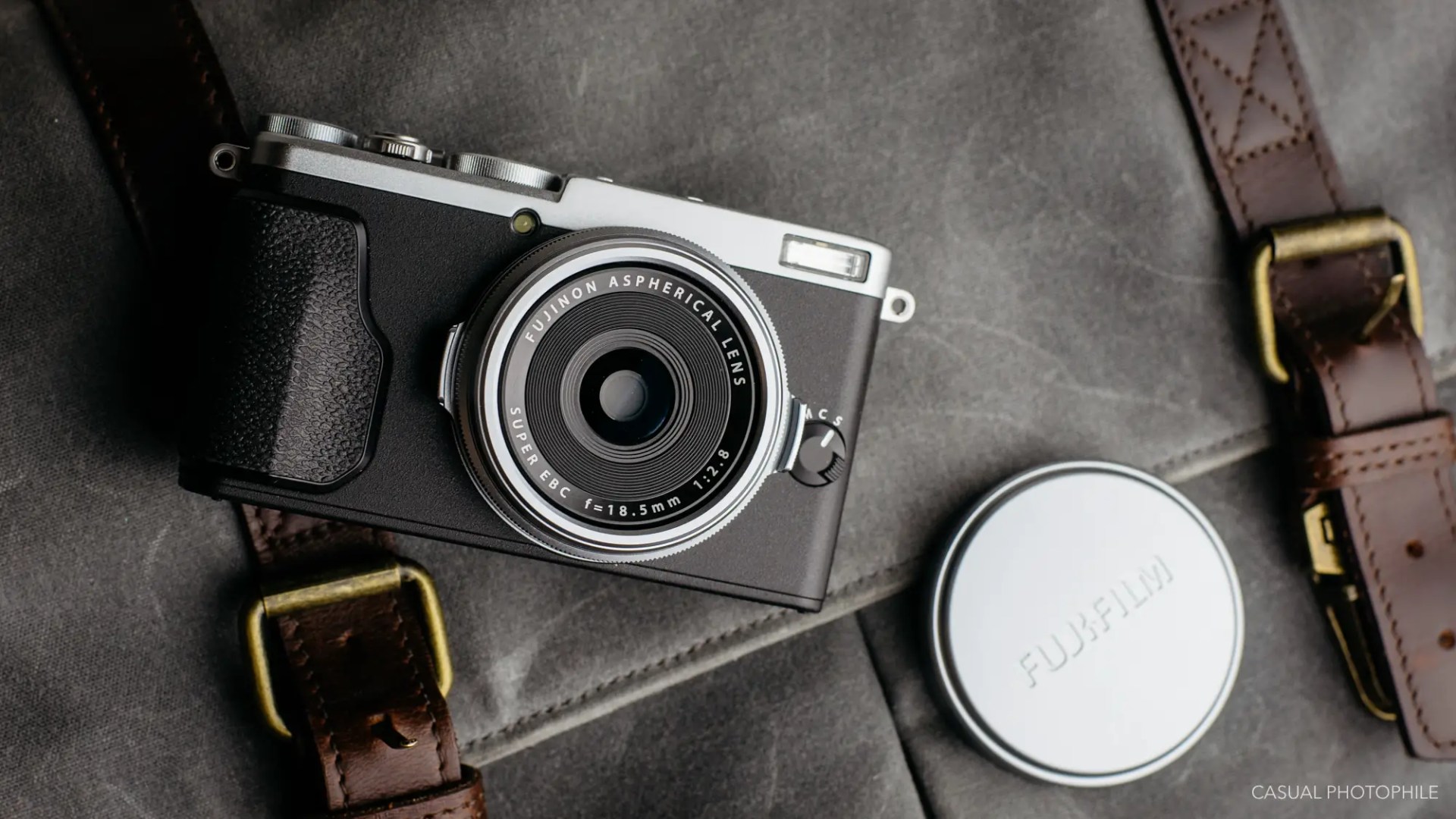
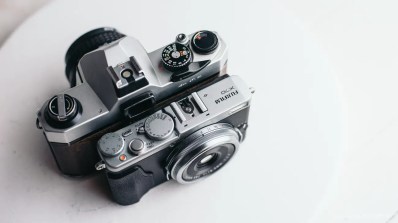
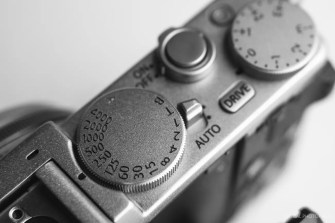
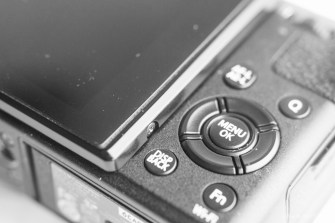
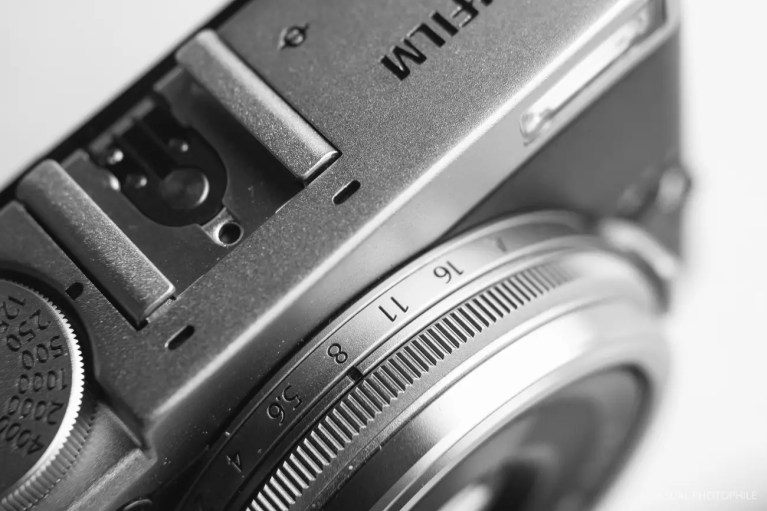
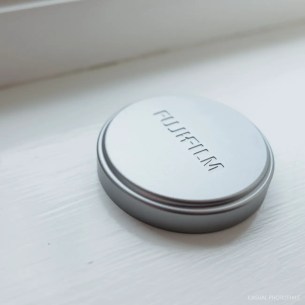
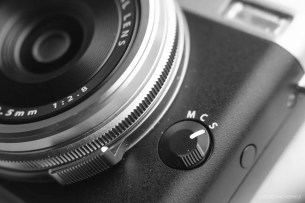
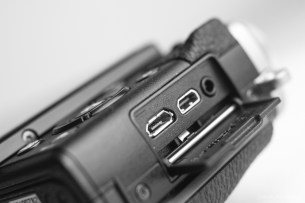
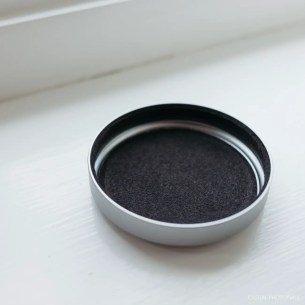
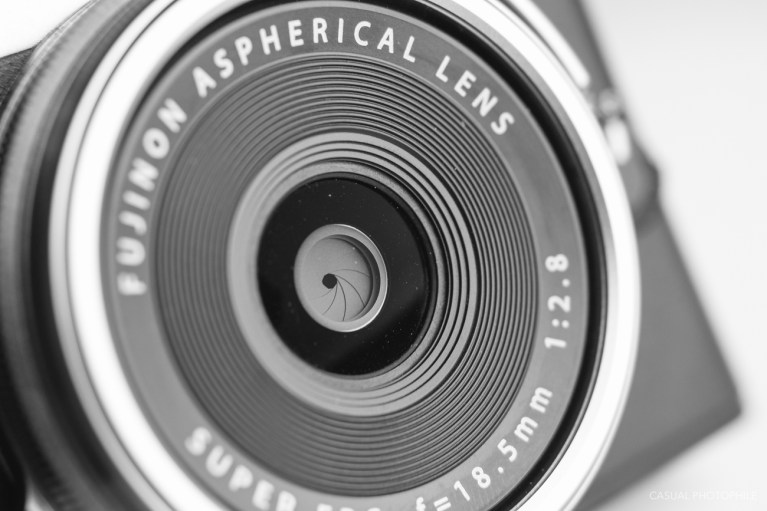




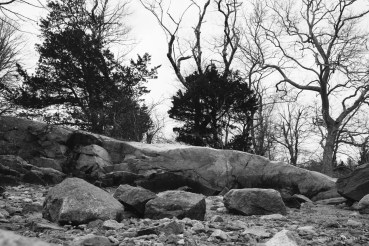
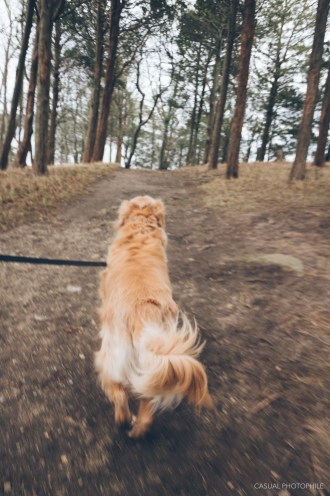






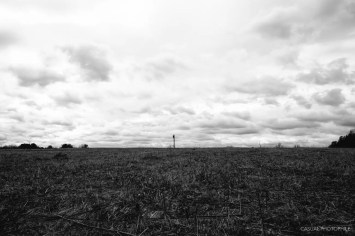
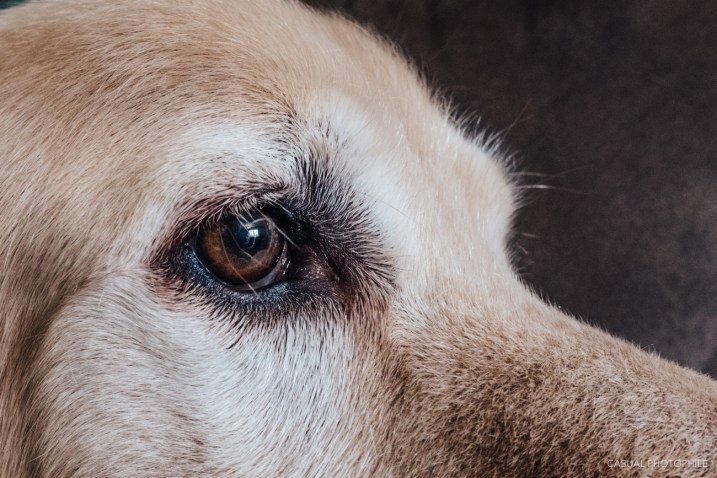
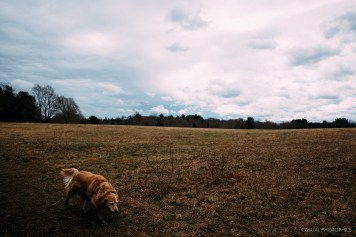
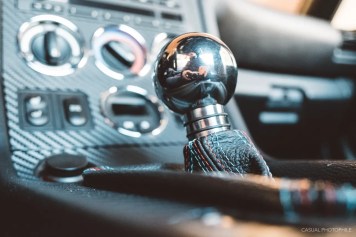






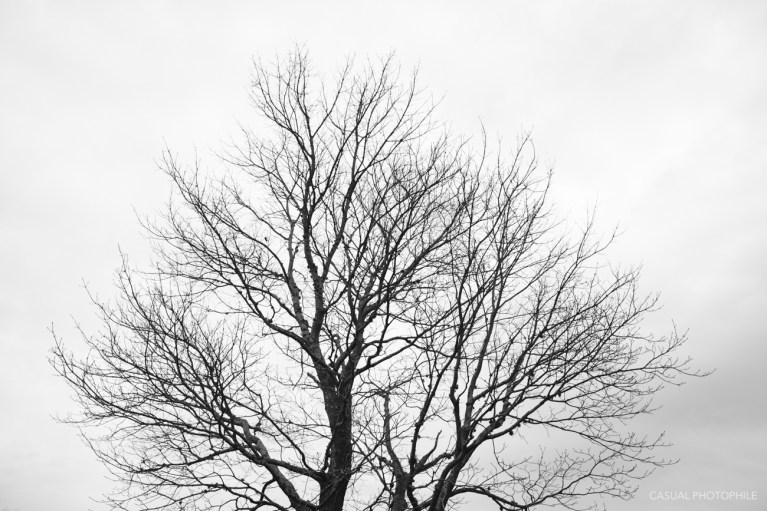
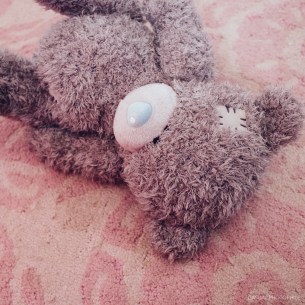

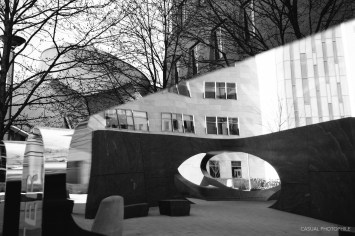

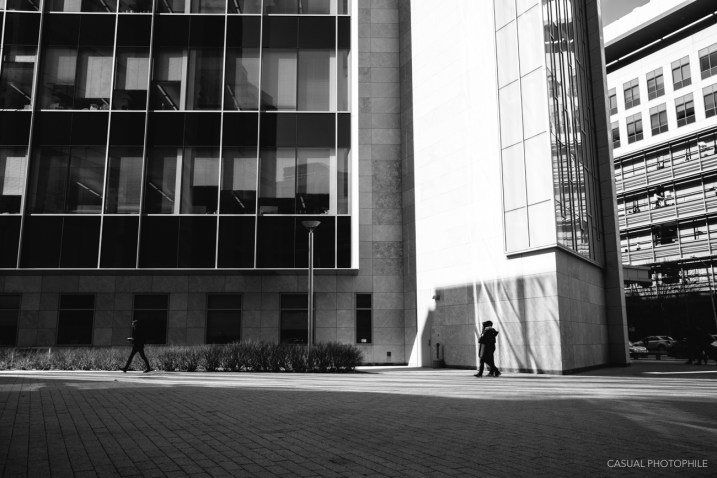
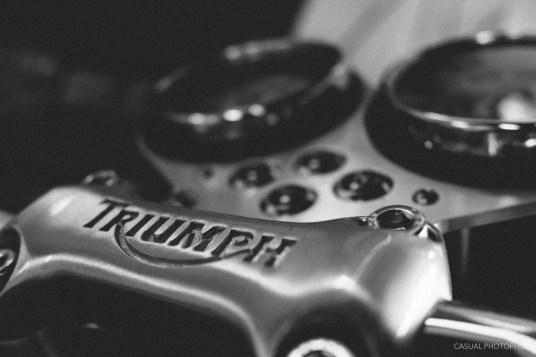
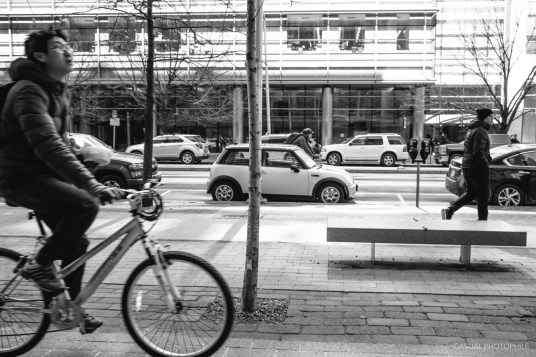


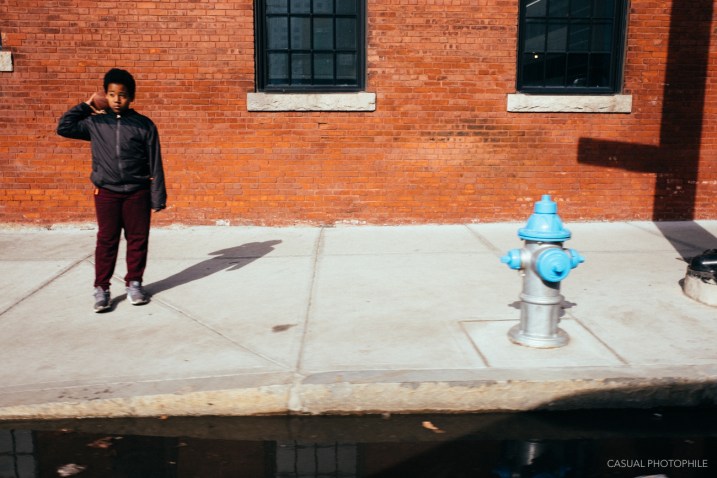
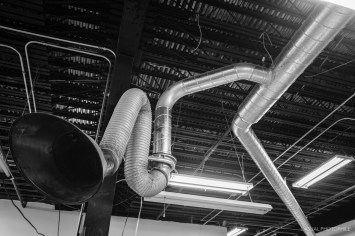
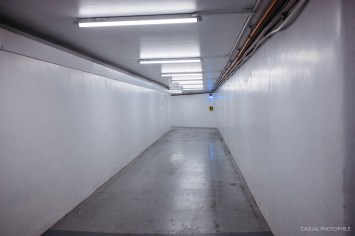
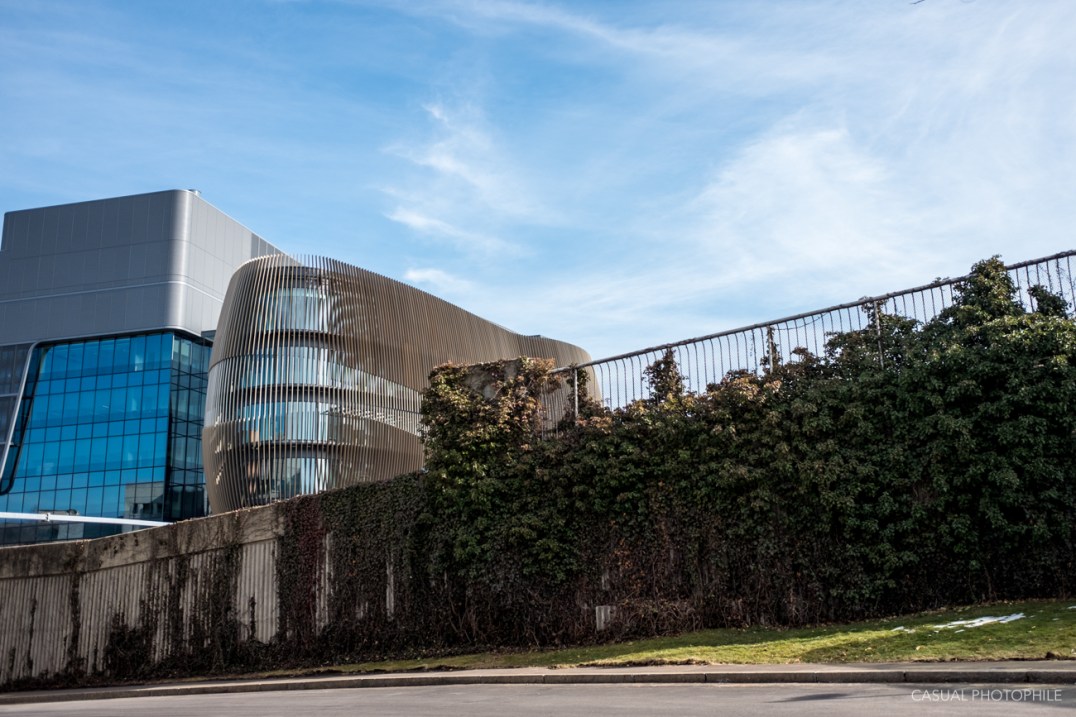
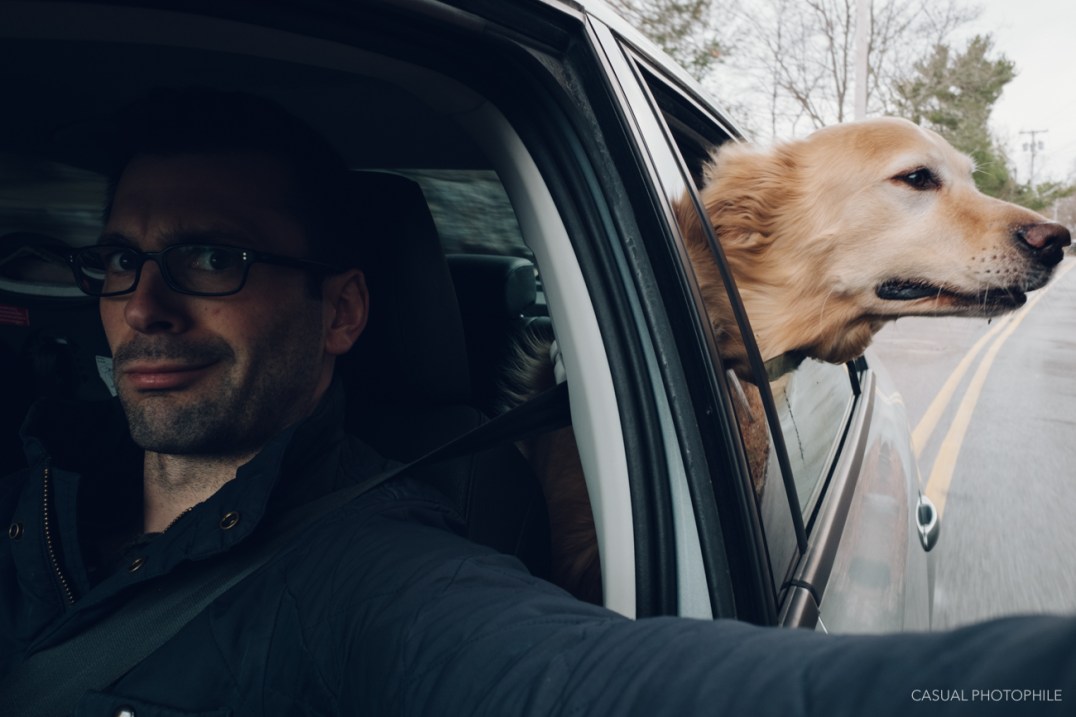

Very nice review of a very nice camera. The “silver” link in the phrase “It comes in both silver and black finishes,” goes to the Sony camera at B&H.